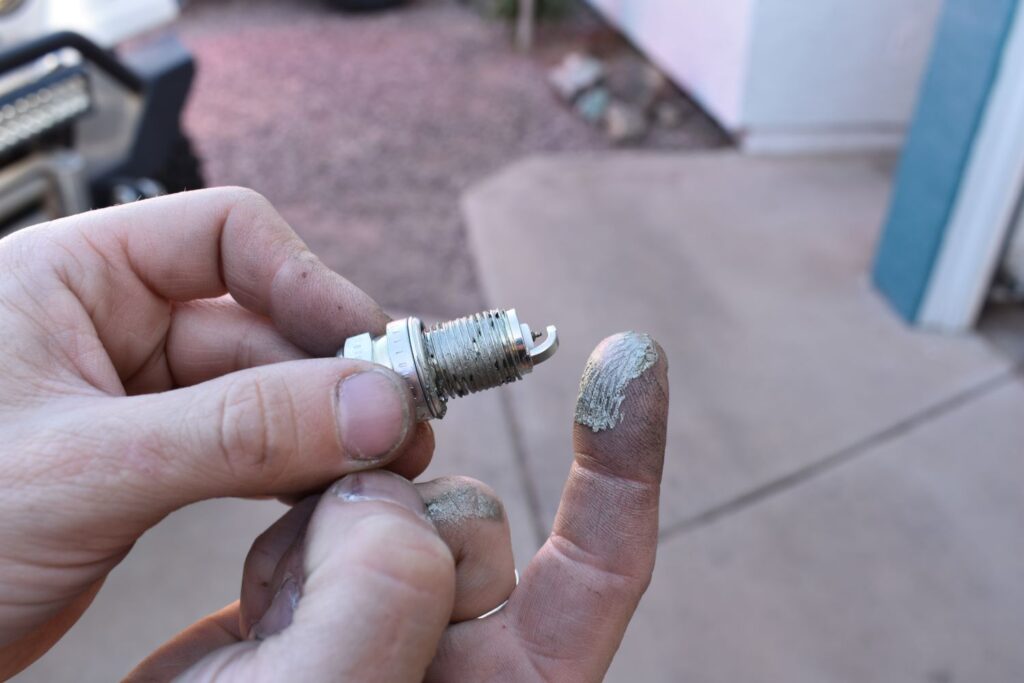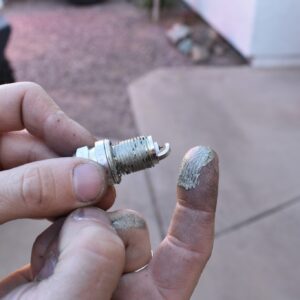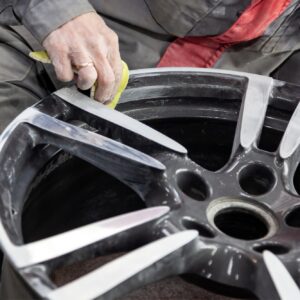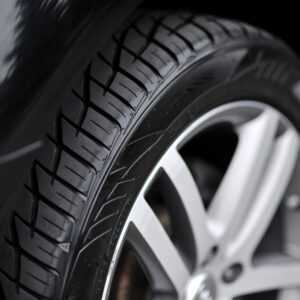You’ve come across your fair share of fasteners that have seized up and threatened to fracture if you forcibly remove them. Fortunately, you can reduce the risk of seized fasteners with the help of anti-seize. Anti-seize comes in several types, such as aluminum and copper. Each type has pros and cons, and picking the wrong type might cause problems. Thus, we recommend learning about the pros, cons, and recommended uses for aluminum and copper anti-seize lubricants.
What Is Anti-Seize Lubricant?
Anti-seize lubricant is a compound applied to metal parts that touch similar surfaces, such as fasteners and their interfaces. Depending on the product and its ingredients, anti-seize is either a coating, grease, or paste.
Anti-seize compounds consist of two components, base grease and special fillers. The grease lubricates the fastener, although it stops working when it gets too hot. Additionally, base grease serves as the carrier for special fillers.
Anti-seize lubricants fight corrosion and prevent seizing at extreme temperatures and pressures that surpass the grease’s rating.
Furthermore, anti-seize lubricant gains additional properties from the special filler in its base grease. Depending on the filler, anti-seize can perform differently at specific temperature ranges. The special filler might also react with specific metals, affecting the anti-seize product’s performance.
Anti-seize lubricant is usually applied on bolted joints in areas with high temperatures and pressure levels. These joints are vulnerable to seizing because of their harsh environment. Anti-seize helps extend these parts’ lifespan, saving you the cost of replacing the components, especially if you hire a professional mechanic to do the job.
Here are some car parts that rely on anti-seize for lubrication:

What Does Anti-Seize Lubricant Do?
As its name indicates, anti-seize prevents seizing, a situation where a fastener can’t rotate and ends up stuck in place. The most common causes of seizing are high temperatures that cause expansion, corrosion, and metal-on-metal contact between the surfaces of different parts.
Anti-seize stops seizing by lubricating the part and its metal interface. It helps control the part’s temperature, which prevents the material from expanding in volume and keeps the part at the right size.
It also protects against corrosion. Anti-seize forms a protective layer on the part’s surface, preventing air or moisture from triggering oxidizing reactions in ferrous metals like iron and steel.
Furthermore, anti-seize prevents galling, the wear created by metal surfaces that have adhered together and slide past each other. Anti-seize stops these surfaces from adhering to each other.
Last but not least, anti-seize makes removing the treated fastener easier. It reduces the resistance that you must overcome when unscrewing the fastener from its hole.
Anti-Seize Lubricant Classifications
You can classify anti-seize products by grades. Each grade describes something about the particular product. Copper-grade anti-seize uses copper as its special filler. Silver-grade products are silver in color, but their filler is copper. Then there’s food-grade anti-seize, formulated for the specific situation of coming into contact with food.
Alternatively, you can also group anti-seize by their special filler. If it uses copper as its filler, it’s copper anti-seize. If it uses aluminum, it’s aluminum anti-seize.
Not all copper anti-seize is safe to use around sensors. If you plan to place copper anti-seize on an oxygen sensor or exhaust sensor, check the manufacturer’s specifications to see if the product’s sensor-safe. Only use sensor-safe anti-seize on sensitive sensors.
What Is Copper Anti-Seize?
Copper anti-seize uses copper as its special filler and graphite as its base grease. It also contains additives that enable it to work under extreme pressure. Many copper-based anti-seize products share the same color as their special filler, making identification easier.
Copper Anti-Seize Pros
Copper anti-seize will keep working when things get too hot for graphite base grease or aluminum anti-seize. It also provides excellent protection from galvanic and saltwater corrosion.
Another advantage of copper anti-seize is its electrical conductivity. Electric currents can pass through the lubricant without interruption or resistance. Its conductivity enables copper anti-seize to protect electrical parts and connections from seizing. Furthermore, it prevents conductivity-related issues like overheating and power loss.
Copper anti-seize is also compatible with various metals. In particular, you can use it on soft metals without undermining the latter’s integrity.
Copper Anti-Seize Cons
Copper anti-seize isn’t the best for every application. Avoid applying it to parts that contain non-ferrous metals like aluminum. When copper comes into contact with a non-ferrous metal, it might trigger a galvanic reaction that can cause problems.
Recommended Uses For Copper Anti-Seize
Copper anti-seize is a general-use lubricant. It can handle both ordinary and high-performance applications.
You can use copper anti-seize on various parts. Here’s a partial list:
- Brake caliper bleed plugs
- Exhaust manifold bolts
- Pipeline fasteners
- Spark plugs
- Turbocharger flanges
Avoid using anti-seize on certain parts like:
- Brake caliper hardware like bleed plugs and slide pins
Before applying the anti-seize to a part, check the manufacturer’s specifications to see if it’s safe to use. If you can’t find any confirmation, consult with experts.
Do not use anti-seize on certain parts like brake caliper pad hardware and slide pins.
–Anthony Harlin, ASE Certified Master Automobile Technician
What Is Aluminum Anti-Seize?
Just like copper anti-seize, aluminum anti-seize uses aluminum as its special filler. Some products also contain copper, but others only use aluminum. Usually, aluminum anti-seize uses graphite as its base grease.
Aluminum Anti-Seize Pros
Aluminum anti-seize’s biggest selling point is safety. You can freely apply it to parts made from non-ferrous metals without the risk of galvanic corrosion.
Aluminum Anti-Seize Cons
Unfortunately, aluminum anti-seize can’t handle the same high temperatures as copper anti-seize, because aluminum has a lower melting temperature than copper. If the part or environment gets too hot, aluminum can melt, leaving residue on the surface of the formerly protected part.
While aluminum is conductive, it doesn’t carry a current as effectively as copper. The slight reduction in conductivity might reduce the current flow through aluminum anti-seize.
Recommended Uses For Aluminum Anti-Seize
Aluminum anti-seize lubricant is suitable for applications with lower temperature ranges and pressures. It’s also recommended if you’re going to apply anti-seize on parts made from non-ferrous metals.
Anti-seize lubricant provides vital protection to various fasteners that connect your vehicle’s parts no matter how hot they get. You must choose the right product for the job, whether it’s aluminum anti-seize or copper anti-seize.
Any information provided on this Website is for informational purposes only and is not intended to replace consultation with a professional mechanic. The accuracy and timeliness of the information may change from the time of publication.



























A well-written and informative article. I enjoyed reading it.
Thanks for providing the helpful information.
Is it a good idea to use copper anti-seize on spark plugs that thread into an aluminum head?